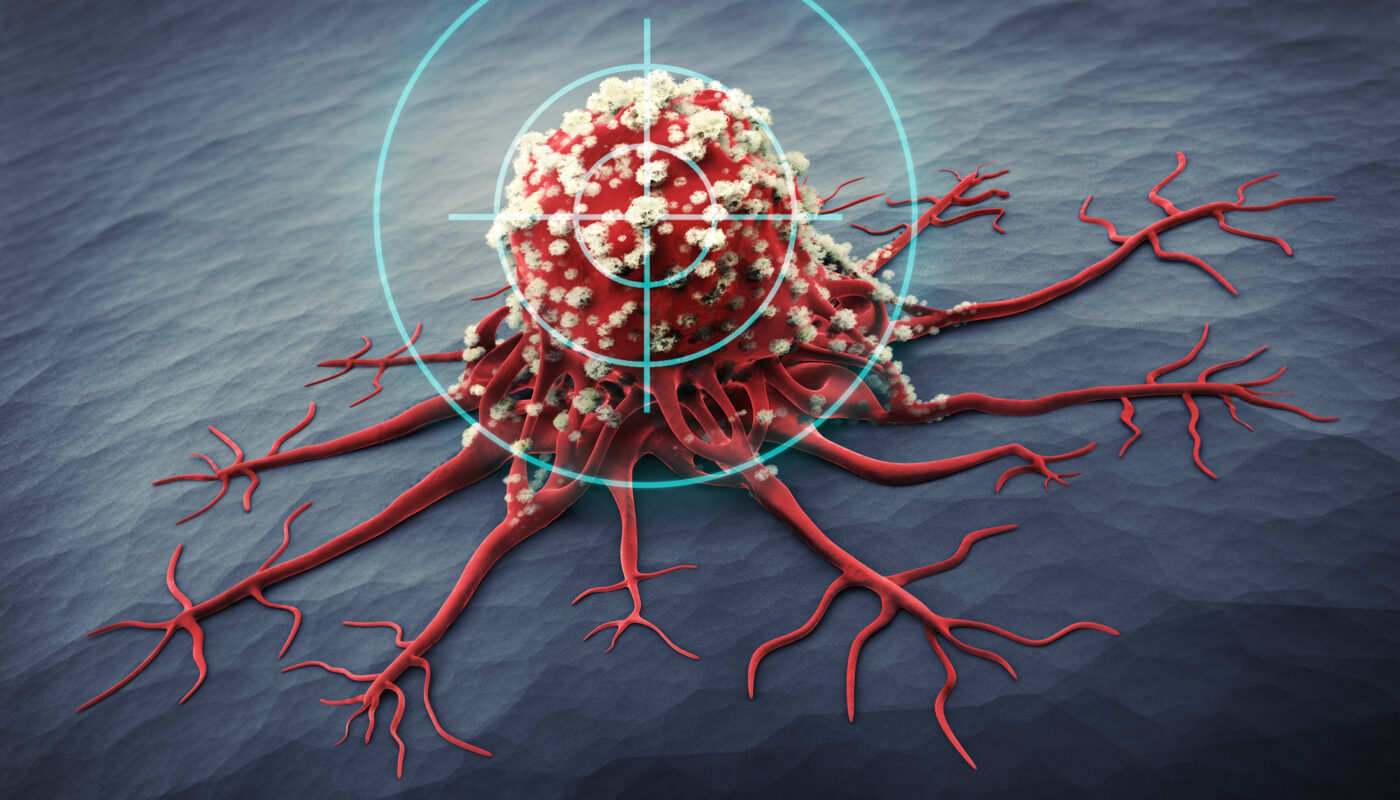New research conducted by the Perelman School of Medicine at the University of Pennsylvania has revealed that lidocaine, a commonly used numbing agent in outpatient medical procedures, can activate certain bitter taste receptors, leading to the death of cancer cells. The study, published in Cell Reports, sheds light on the mechanisms through which lidocaine exerts its effects and opens up the possibility of incorporating lidocaine into standard care therapy for head and neck cancers.
Led by Robert Lee, Ph.D., Ryan Carey, MD, and Zoey Miller, a Pharmacology graduate student, the preclinical study focused on the activation of the bitter taste receptor T2R14 by lidocaine, which is expressed in various cancer cells. When T2R14 is activated, it initiates a process called apoptosis, causing the cancer cells to undergo cell death. The activation of T2R14 by lidocaine occurs through two mechanisms—mitochondrial calcium ion overload, which generates reactive oxygen species that can harm biomolecules, and proteasome inhibition, ultimately resulting in cell death.
Previous research by the team demonstrated the presence of bitter taste receptors in oral and throat cancer cells, where they trigger apoptosis. Furthermore, increased expression of these receptors is associated with improved survival outcomes in patients with head and neck cancer. In a randomized clinical trial published in the Journal of Clinical Oncology in April 2023, it was found that lidocaine administration before surgery led to increased breast cancer survival.
“We’ve been following this line of research for years but were surprised to find that lidocaine targets the one receptor that happened to be most highly expressed across cancers,” said Lee. T2R14 can be found in cells throughout the body, and the exciting aspect is that many existing drugs activate this receptor, suggesting potential opportunities for repurposing other drugs that can safely target it.
While T2R14 is responsible for tasting bitterness in the mouth, its function in other cells is still unclear. Lidocaine is typically injected into the skin or other tissues to relieve pain by blocking nerve signals and can easily be administered directly near or around accessible oral tumors.
Carey, a head and neck surgeon, expressed enthusiasm for the potential incorporation of lidocaine in head and neck cancer care, stating, “We know lidocaine is safe, we’re comfortable using it, and it’s readily available, which means it could be incorporated into other aspects of head and neck cancer care fairly seamlessly.”
The study primarily focused on cell lines of head and neck squamous cell carcinomas (HNSCCs) and revealed that T2R14 is particularly elevated in HNSCCs associated with the human papillomavirus (HPV), which is now the predominant form of HNSCC. As a result, Carey aims to develop a clinical trial at Penn Medicine’s Abramson Cancer Center to investigate the inclusion of lidocaine in the standard care for HPV-associated HNSCCs.
While the researchers do not claim that lidocaine can cure cancer, they are hopeful that it can contribute to advancements in the treatment of head and neck cancer. “We’re galvanized by the possibility that it could get an edge on head and neck cancer treatment and move the dial forward in terms of improving treatment options for patients with this challenging form of cancer,” said Carey.
*Note:
1. Source: Coherent Market Insights, Public sources, Desk research
2. We have leveraged AI tools to mine information and compile it




